The Global Shift in Ceramic Tile Dynamics
The global market for ceramic tiles, a foundational material in construction and design, is undergoing a significant transformation. Driven by rapid urbanization, infrastructure development, and a growing consumer focus on aesthetics and durability, demand is soaring worldwide. Amidst this dynamic environment, Iran has quietly established itself as a formidable player. Leveraging centuries of artisanal heritage combined with modern manufacturing capabilities, Iranian ceramic tiles are gaining international recognition for their exceptional quality, competitive pricing, and stunning variety.
However, while traditional export markets have been valuable, the strategic spotlight is now pivoting towards a massive, rapidly emerging frontier: the African continent. Africa, with its burgeoning middle class, ambitious infrastructure projects, and a construction industry growing exponentially, represents the single largest untapped opportunity for Iranian ceramic tile exporters. This article delves deep into the factors propelling Iran’s ceramic tile export boom and meticulously explains why the African markets are not just an opportunity, but the next big opportunity, poised to redefine the future of this industry. We will explore the economic rationale, the specific market needs, the logistical challenges, and the strategic road map for Iranian manufacturers to successfully capture this vital, multi-billion-dollar construction market.

🇮🇷 Iran’s Edge: A Manufacturing Powerhouse Ready for Global Expansion
Iran’s position as a ceramic tile manufacturing giant is rooted in several interconnected advantages, creating a product that offers superior value proposition compared to competitors from Europe or Southeast Asia.
The Foundation: Raw Material Abundance and Quality
Iran possesses vast, high-quality domestic reserves of essential raw materials, including kaolin, feldspar, and various clays. This self-sufficiency translates directly into lower production costs and less reliance on volatile international supply chains. Furthermore, the inherent mineral composition often contributes to the superior strength and finish of the final product, a critical selling point in demanding construction environments.
Technological Sophistication and Production Capacity
Contrary to outdated perceptions, the Iranian ceramic industry boasts some of the most modern production lines globally, equipped with cutting-edge Italian and Spanish machinery. This technological leap allows manufacturers to produce a wide range of products—from standard wall and floor tiles to large-format porcelain slabs and high-definition digital printed designs—meeting international standards like ISO and CE. The sheer scale of production means Iranian factories can handle the massive volumes required by large-scale African infrastructure and housing projects.
The Price-Quality Sweet Spot: Unbeatable Affordability
Perhaps the most potent advantage is the ability to offer world-class quality at exceptionally competitive prices. Low domestic energy costs (natural gas) and efficient labor models allow Iranian exporters to significantly undercut competitors while maintaining high durability and aesthetic appeal. This “price-quality sweet spot” is precisely what makes Iranian tiles an irresistible choice for cost-sensitive yet quality-conscious African buyers.
📈 The African Construction Renaissance: A Demand Explosion
The narrative of Africa has shifted from one of potential to one of rapid, demonstrable growth. The continent is in the midst of an unprecedented building boom, directly fueling the demand for reliable and affordable construction materials like ceramic tiles.
Rapid Urbanization and Housing Needs
Africa is the fastest urbanizing continent in the world. Cities like Lagos, Cairo, Nairobi, and Johannesburg are expanding at breakneck speeds, necessitating millions of new residential units. This massive, persistent need for new housing—from affordable units to luxury apartments—creates an insatiable demand for flooring and wall coverings. Ceramic tiles are the preferred choice due to their durability, ease of cleaning, and resistance to heat and humidity, which are common climate challenges across the continent.
Government-Led Infrastructure and Commercial Projects
Beyond housing, African governments and international investors are pouring capital into major infrastructure. New airports, hospitals, schools, shopping malls, and commercial towers are being built across the continent. These large-scale projects demand high volumes of commercial-grade tiles that must be resilient, aesthetically pleasing, and adhere to strict budget constraints. The reliability and scale of Iranian supply perfectly match these requirements.
The Rise of the Middle Class and Design Consciousness
A growing, aspirational middle class is becoming increasingly design-conscious. They are moving away from basic cement finishes and demanding more sophisticated, durable, and stylish interiors. This shift means a growing market for premium, digitally-printed, and polished Iranian porcelain and glazed tiles, which offer the look of marble or wood at a fraction of the cost.
🔑 Strategic Market Penetration: Tailoring the Offering for Africa
Successfully capturing the African market requires more than just high-quality products; it demands a nuanced understanding of regional differences, specific consumer needs, and the local business environment.
Understanding Regional Market Differences
Africa is not a monolith. Exporters must differentiate their strategy for key regional hubs:
-
East Africa (Kenya, Tanzania): Focus on large-scale infrastructure and residential projects; prioritize tiles with high-traffic resistance.
-
West Africa (Nigeria, Ghana): The market is vast and price-sensitive; mass-market, affordable floor tiles are critical, but a small luxury segment also exists.
-
North Africa (Algeria, Egypt, Sudan): Cultural and design affinity often favors specific color palettes and patterns, especially larger formats and Moroccan-inspired designs.
Prioritizing Key Product Types
While Iranian factories produce everything, initial strategic focus should be on the most demanded African segments:
-
Standard Glazed Ceramic Tiles (60×60 cm and 30×60 cm): The backbone of the affordable housing and entry-level commercial market. The focus here is on consistency and price.
-
Affordable Porcelain Tiles (60×60 cm and 80×80 cm): Essential for commercial spaces and mid-to-high-end residential projects due to their superior strength and low water absorption.
-
Digital Printed Decorative Tiles: For the emerging middle class, offering wood-look, stone-look, and minimalist contemporary designs that are popular in global trends.
Establishing Robust Distribution Channels
Reliable logistics are the primary non-product challenge in Africa. Iranian exporters must move away from ad hoc sales to building solid, long-term partnerships with:
-
Local Master Distributors: Companies with established warehousing, transport networks, and sales teams across major cities (e.g., Lagos, Mombasa, Durban).
-
Construction Groups: Direct partnerships with large developers to secure major tender contracts.
-
Trade Missions and Exhibitions: Actively participating in key African trade fairs like Build Expo Africa to build visibility and trust.
🚢 Overcoming Logistics and Trade Barriers
While the opportunities are vast, successful execution requires a clear strategy for navigating the complexities of African trade and logistics.
The Logistical Pathway: Shipping Efficiency
Shipping from Iran involves leveraging key ports and developing efficient container routes. Establishing reliable sea freight routes to major African ports like Durban (South Africa), Port Said (Egypt), and Tema (Ghana) is crucial. Consideration should be given to utilizing transit points in the UAE or developing direct shipping lines to reduce transit times and costs. The cost per container is a deciding factor in overall product competitiveness.
Financing and Risk Mitigation
African markets, while profitable, can present financial risks. Iranian exporters should:
-
Utilize Export Guarantees: Work with Iranian and international banks to secure Letter of Credit (LC) arrangements to mitigate payment risk.
-
Embrace Local Currency Dealing: Explore mechanisms for partial payment in stable African currencies (where applicable) to simplify transactions for local buyers.
-
Focus on Trust and Reliability: Consistently meeting delivery deadlines and quality expectations is the most effective way to build long-term, low-risk business relationships.

🎯 Conclusion: Seizing the Future of Iranian Tile Exports
The confluence of Iran’s inherent strengths—unrivaled material reserves, technological manufacturing excellence, and a globally competitive price-quality ratio—with the explosive and sustained demand from Africa’s construction renaissance creates a unique and timely export opportunity.
Africa is not just a secondary market; it is a strategic frontier that holds the key to Iran’s sustained growth in the global ceramic tile industry. By adopting a regional, needs-based approach, prioritizing robust logistical partnerships, and maintaining the highest standards of quality and reliability, Iranian manufacturers are perfectly positioned to become the dominant, preferred supplier of ceramic tiles across the African continent. This strategic pivot will not only secure a massive, long-term revenue stream for Iran but will also play a foundational role in literally building the future landscape of Africa.
The time is now for Iranian exporters to stop viewing Africa as a challenging destination and start seeing it for what it truly is: the next, billion-dollar opportunity waiting to be unlocked.
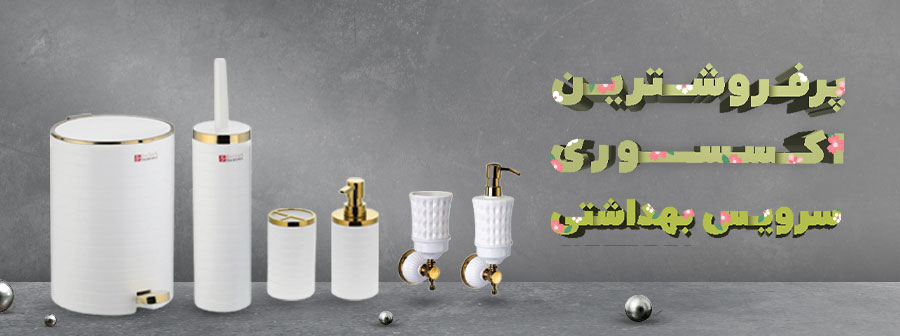
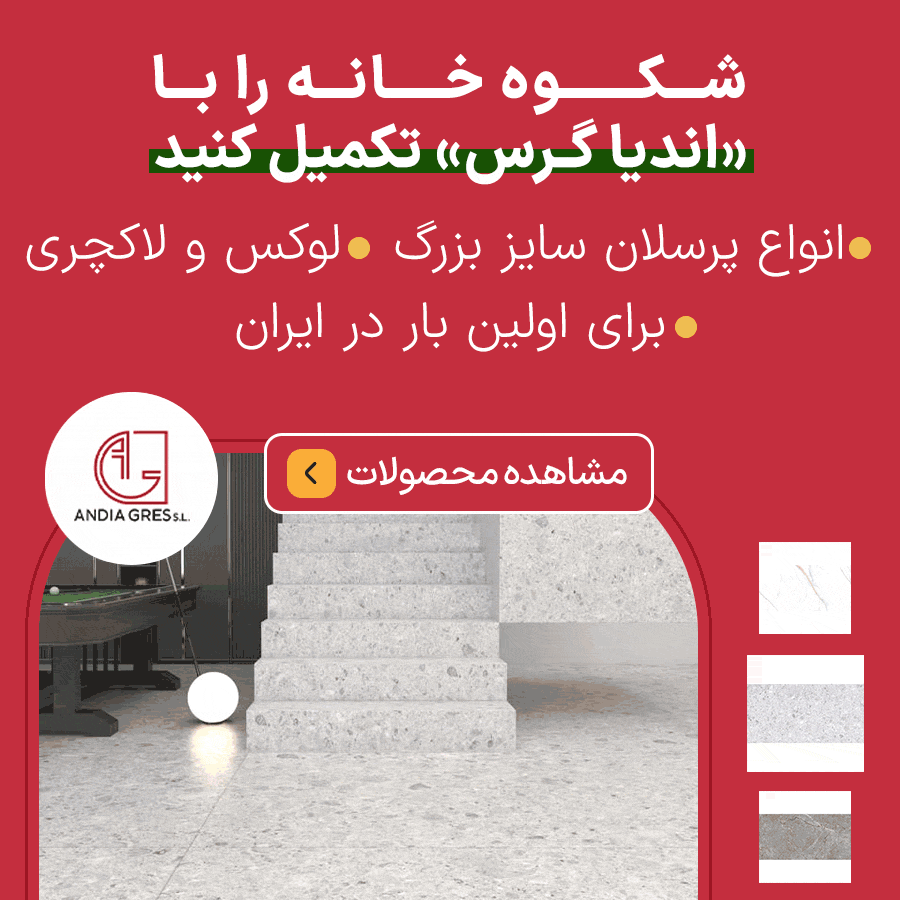
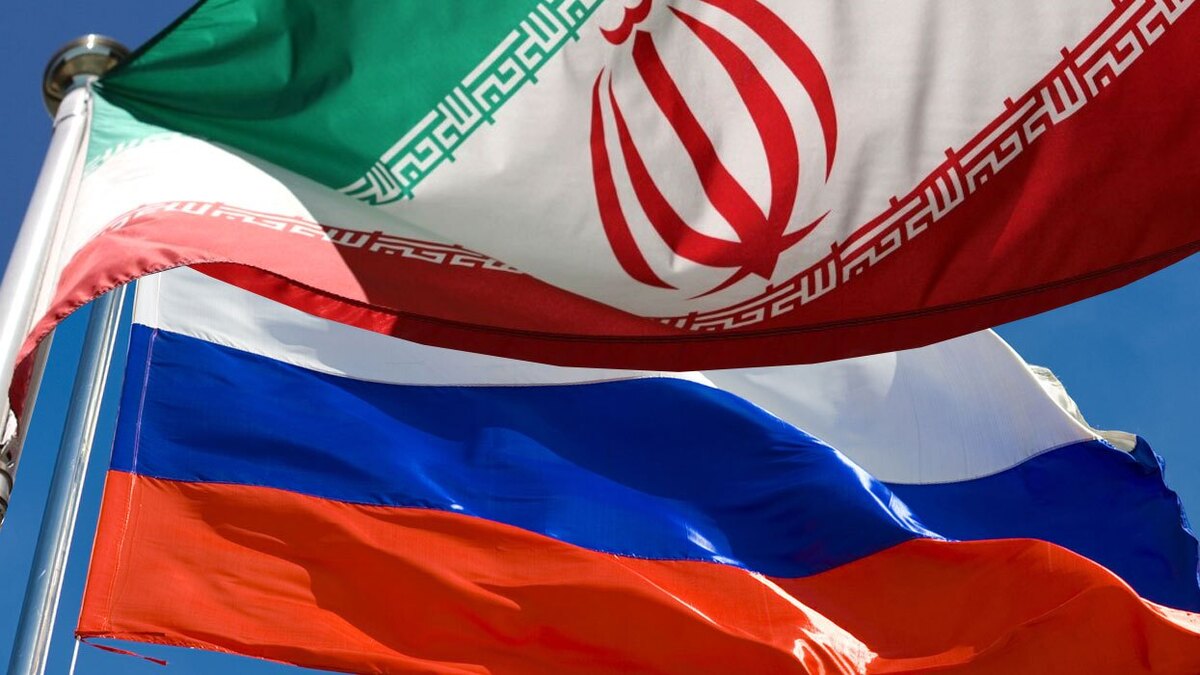

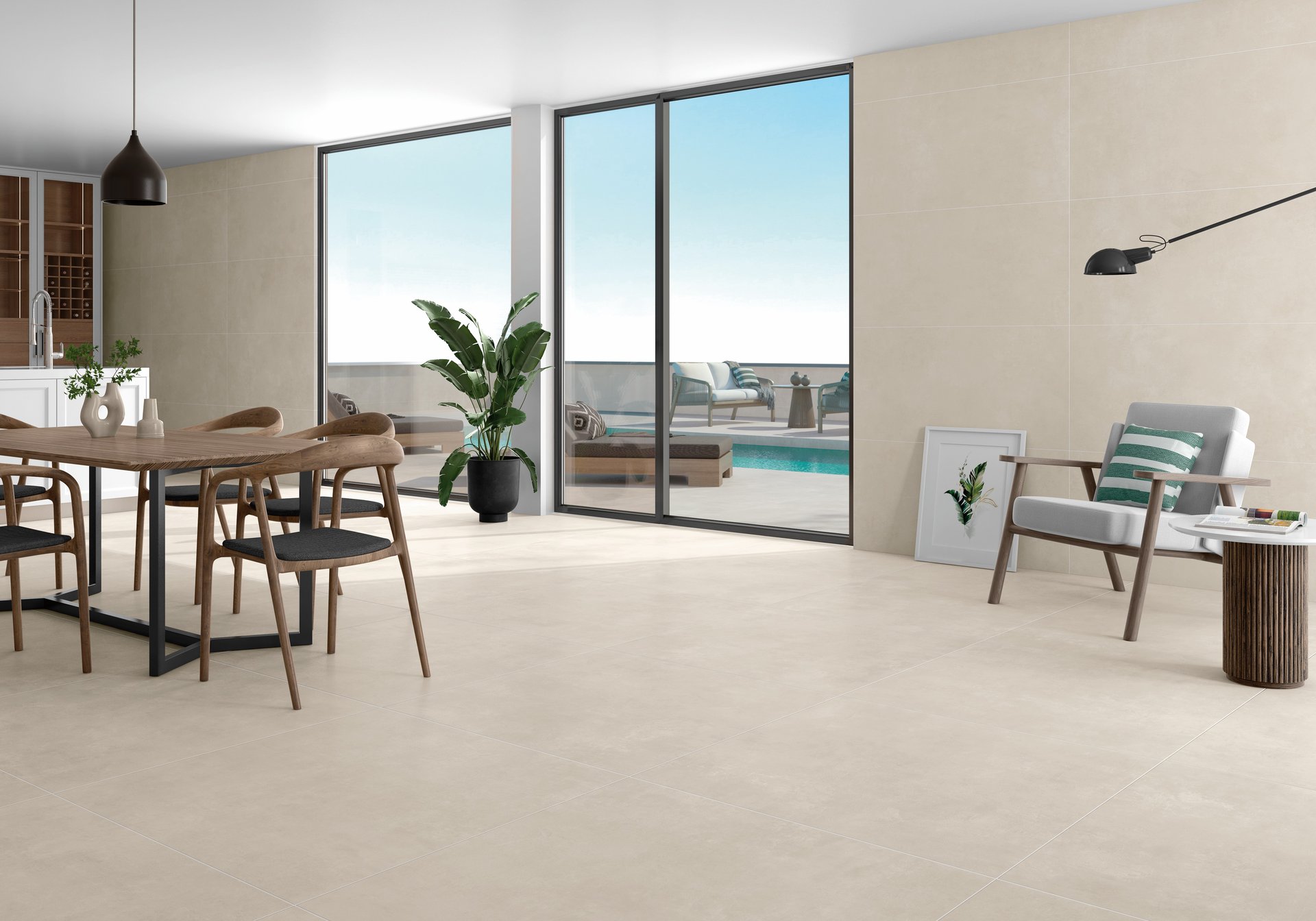
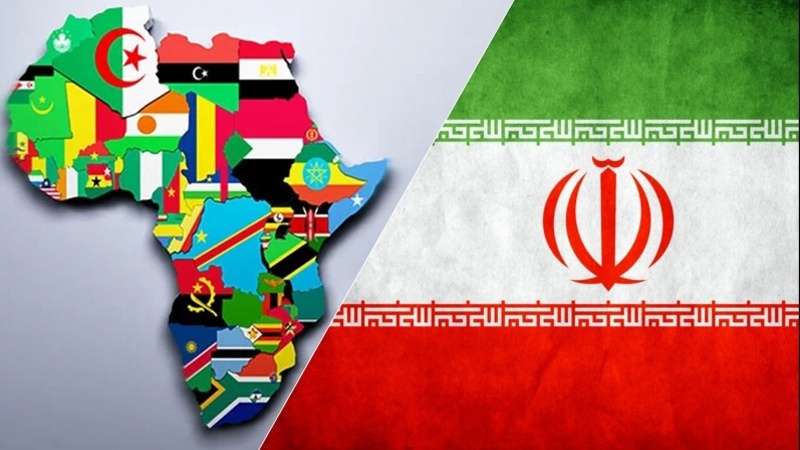

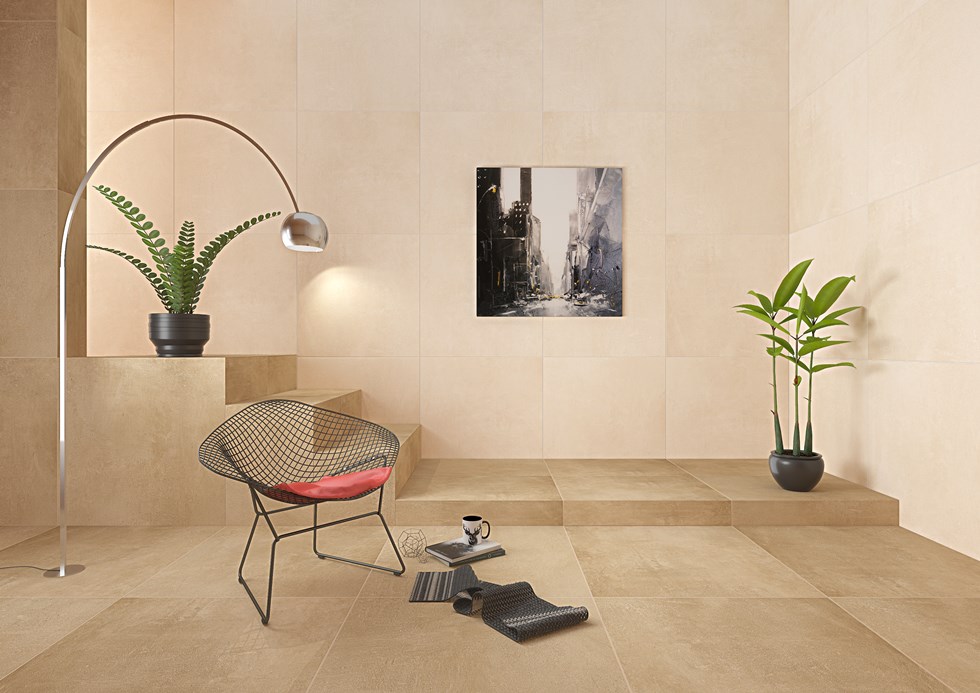
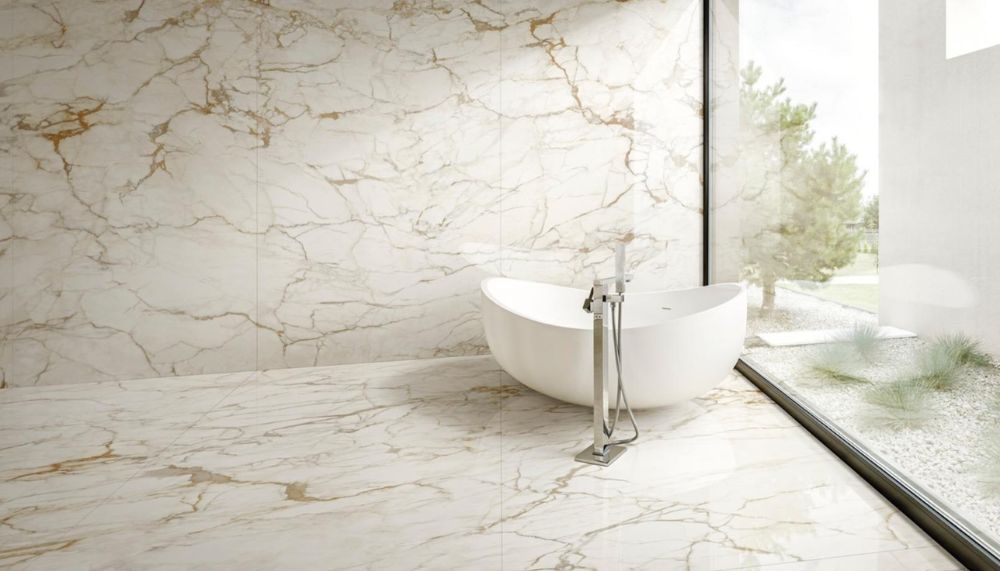
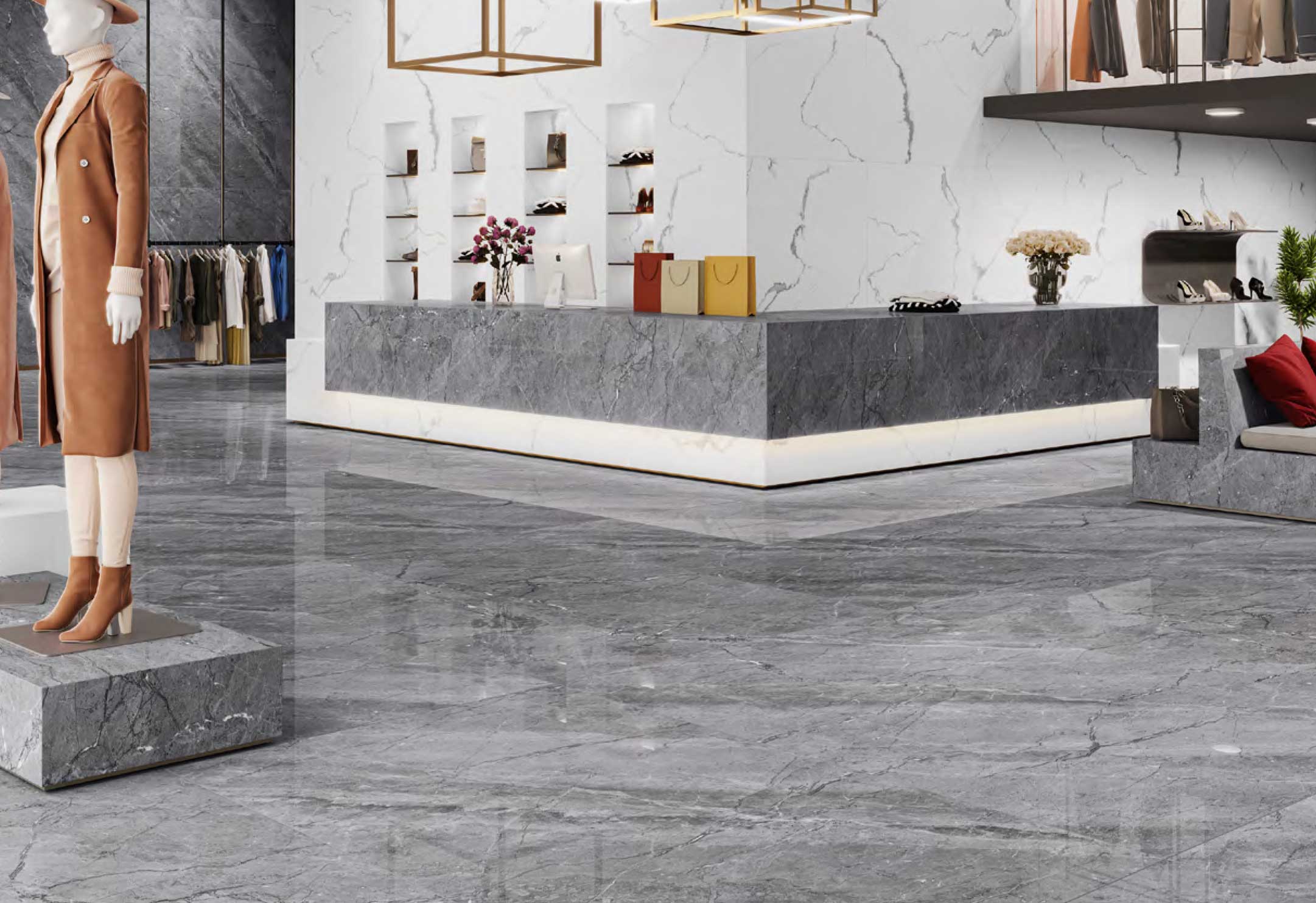




نظرات ۰